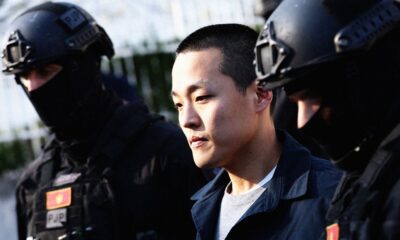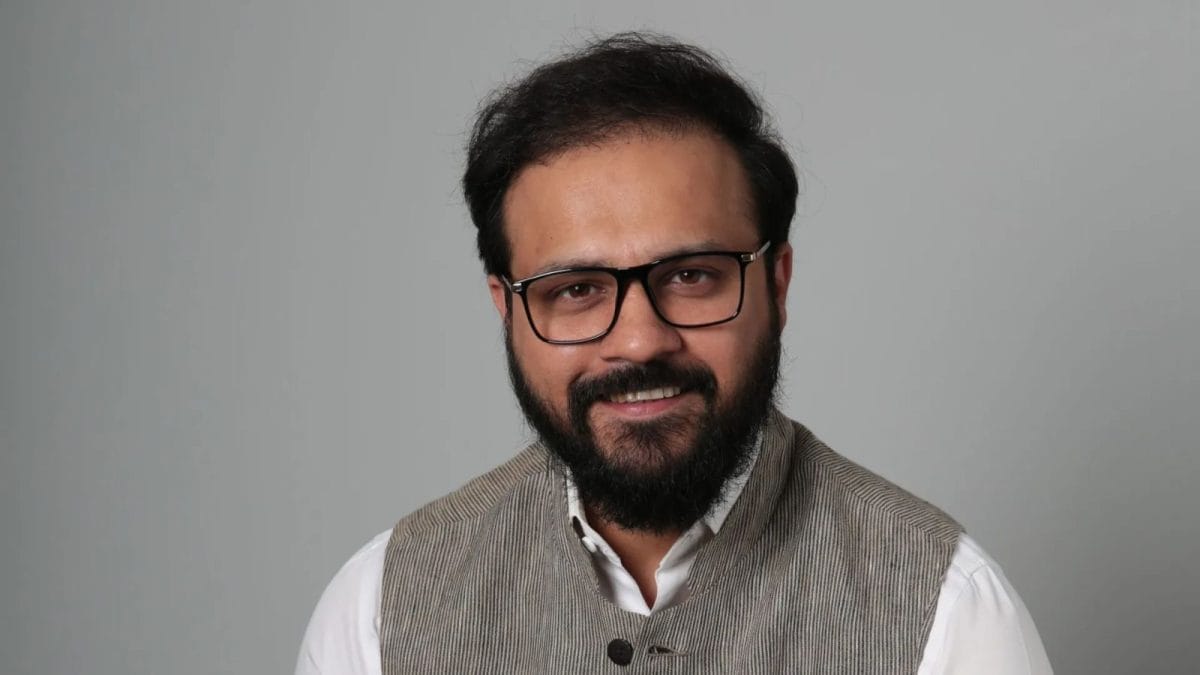Tech
‘War on Crypto Is Over’: Donald Trump Pardons Binance Founder CZ
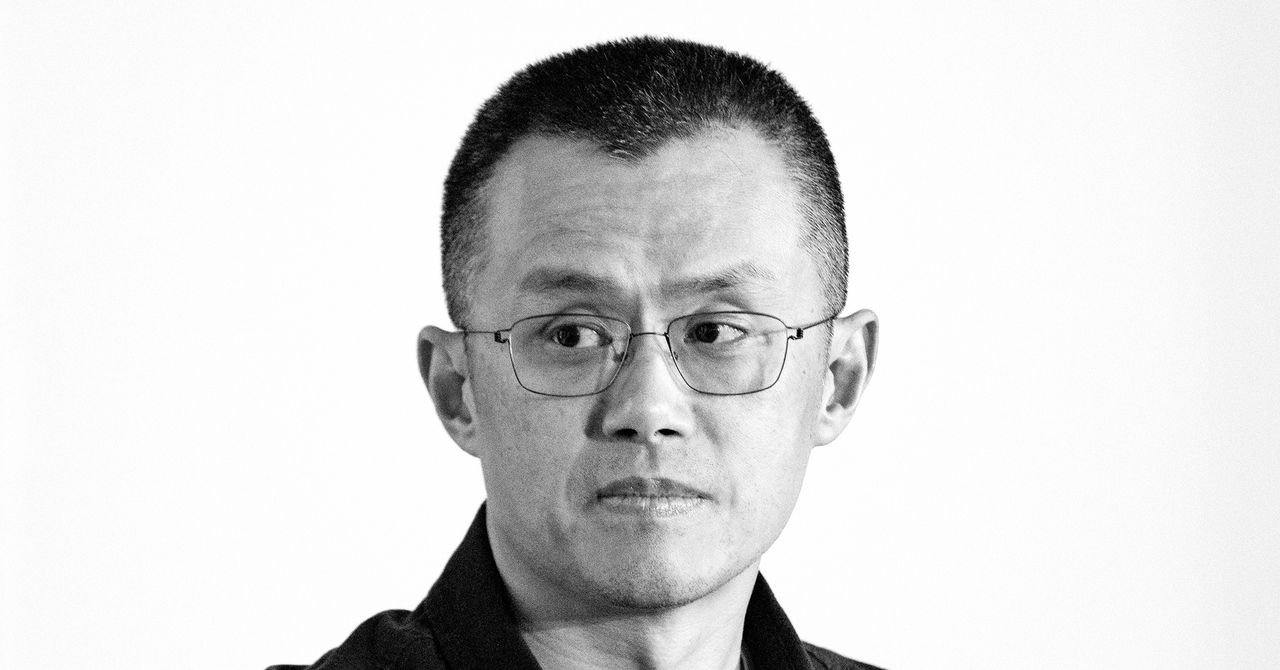
US president Donald Trump has pardoned Changpeng Zhao, founder of the world’s largest crypto exchange, Binance.
Zhao, widely known as CZ, pled guilty in November 2023 to violating anti-money-laundering laws and US sanctions. The plea formed part of a sweeping deal with the US Department of Justice, under which Binance was required to pay a record-breaking $4.3 billion penalty.
Zhao ultimately spent four months in federal prison. The DOJ had originally petitioned for a three-year prison sentence.
After issuing the pardon, the White House has cast Zhao as the victim of a plot to trample the crypto industry carried out by the administration of former president Joe Biden. Regulators brought a volley of lawsuits against high-profile businesses during this era, and the DOJ prosecuted crypto industry figureheads for fraud.
“In their desire to punish the cryptocurrency industry, the Biden administration pursued Mr. Zhao despite no allegations of fraud or identifiable victims,” says White House press secretary Karoline Leavitt. “The Biden administration’s war on crypto is over.”
Zhao, who founded Binance in 2017, is something of a legend in cryptoland for his bullish pronouncements and flair for social media. Until his guilty plea, he routinely used his platform on X to dismiss allegations of wrongdoing at Binance.
Zhao is the latest in a line of crypto figureheads pardoned by Trump. The president has received endorsements and millions of dollars in donations from members of the industry.
Immediately after returning to office, Trump commuted the prison sentence of Ross Ulbricht, creator of darknet marketplace Silk Road. In late March, Trump pardoned the cofounders of crypto exchange BitMEX, who in 2022 pleaded guilty to charges relating to their failure to maintain an adequate anti-money-laundering program.
Though Zhao has already served his allotted prison sentence, the pardon will strike the anti-money-laundering and sanctions violations from his criminal record.
“For him, I think this is really about clearing his name,” claims Patrick Hillmann, who previously worked under Zhao as chief strategy officer at Binance. “I think this is closure for him.”
The pardon could also clear the way for Binance to return to the US market, which it was forced to exit as a condition of the DOJ settlement. Binance has spent months pursuing a pardon for Zhao, who was released from prison in September 2024, The Wall Street Journal previously reported.
Tech
Trump Signs Executive Order That Threatens to Punish States for Passing AI Laws
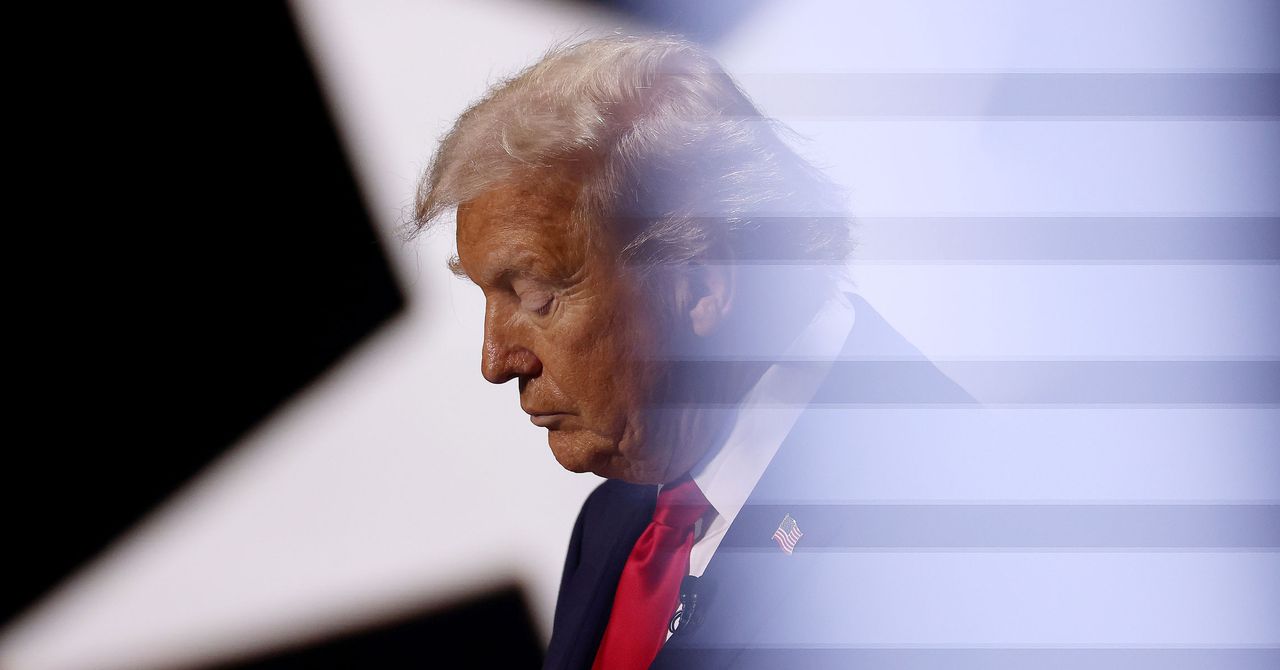
President Donald Trump signed a highly anticipated executive order on Thursday that sets in motion a plan to establish a national regulatory framework for artificial intelligence while undercutting states’ abilities to enact their own rules.
The order, titled “Ensuring a National Policy Framework for Artificial Intelligence,” creates an AI litigation task force within the Justice Department to directly challenge state AI laws the administration finds to conflict with federal policy. It also directs the Department of Commerce to craft guidelines that could make states ineligible for future broadband funding if they pass “onerous” AI laws.
The push for sweeping federal preemption of state AI laws has largely been fueled by AI investors, conservative policy shops, and tech industry trade groups. These groups have argued that a patchwork approach to AI regulation could stunt Silicon Valley’s AI boom and reduce America’s competitiveness on the global stage. White House AI and crypto adviser David Sacks has been one of the most vocal proponents of a light-touch approach to AI regulation.
“The EO gives your administration tools to push back on the most onerous and excessive state regulations,” Sacks told Trump during Thursday’s signing ceremony. “We’re not going to push back on all of them. For example, kids safety we’re going to protect.”
The order is similar in many respects to an earlier draft obtained by WIRED but with a few key differences. The executive order instructs Sacks and Michael Kratsios, the assistant to the president for science and technology, to prepare a legislative recommendation establishing a federal policy framework for AI. One of the new additions is a carve-out within this legislative recommendation asking Congress not to preempt state AI laws that aim to protect children, promote data center infrastructure, and encourage state governments to procure AI tools.
“We want one central source of approval, and we have great Republican support. I think we probably have Democrat support too, because it’s common sense,” Trump said during Thursday’s signing ceremony. “Every time you make a change, and it could be a very reasonable change, you still won’t get it approved if you have to go to 50 states. This centralizes it.”
In the absence of federal regulations, officials from states across the country have pushed through their own investigations and legislation to govern the use and development of AI. Trump’s executive order specifically calls out certain state AI laws—such as Colorado’s SB24-205, which aims to limit “algorithmic discrimination” in AI models—as an attempt to “embed ideological bias.”
Several other state AI laws may also fall in the crosshairs of this executive order. California governor Gavin Newsom signed a law in September requiring large tech companies to publish safety frameworks around their AI models. In June, New York’s legislature passed a bill that would empower the state’s attorney general to bring civil penalties of up to $30 million against AI developers that fail to meet safety standards. That bill is currently sitting on New York governor Kathy Hochul’s desk, awaiting her signature or veto—though she’s reportedly considering amendments that could weaken the bill significantly.
Tech
Crypto Magnate Do Kwon Sentenced to 15 Years in Prison
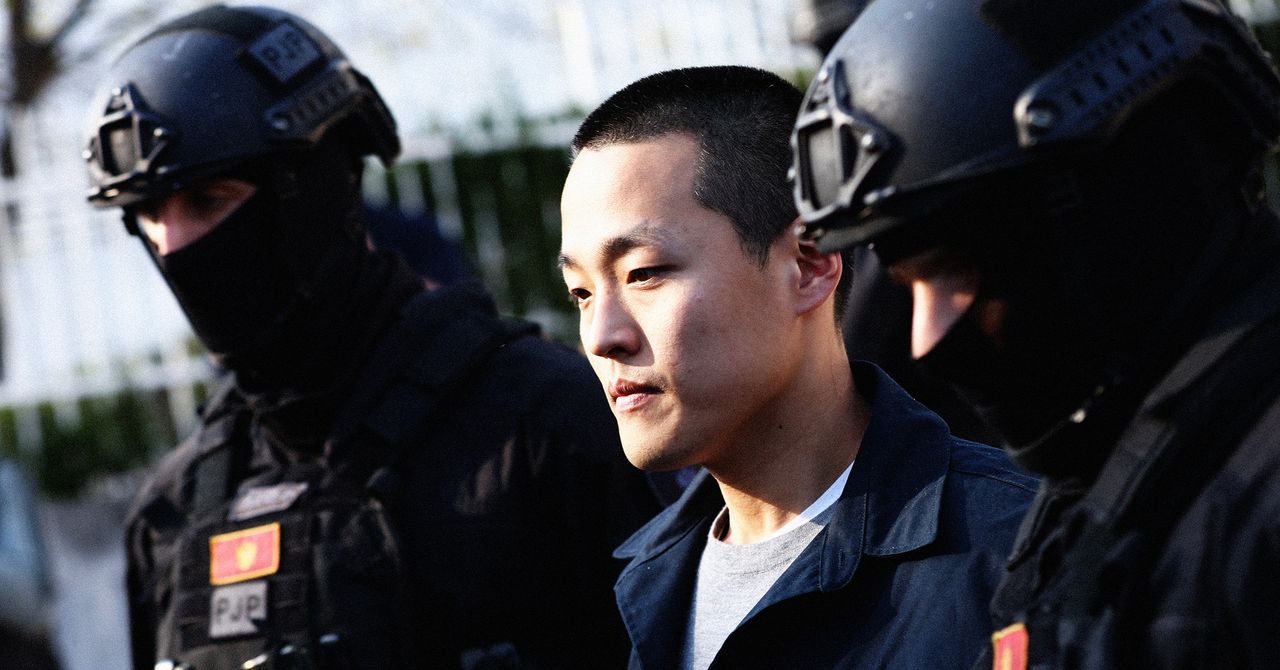
South Korean crypto entrepreneur and prosecuted fraudster Do Kwon was sentenced to 15 years in prison by a US federal judge in the Southern District of New York on Thursday.
Kwon cut a solemn figure as he was escorted into the courtroom by US Marshals, his head bowed, his cheeks sunken as if he’d lost a significant amount of weight. He wore a bright lemon-colored prison jumpsuit over a long-sleeve shirt, with cuffs around his waist and hands.
In August, Kwon pleaded guilty to defrauding investors who purchased crypto coins issued by his company, Terraform Labs. In May 2022, the abrupt collapse of those coins wiped out $40 billion and sent the crypto economy into a tailspin that bankrupted numerous other companies.
“Kwon’s fraud was colossal in scope, permeating virtually every facet of Terraform’s purported business,” US prosecutors wrote in a recent court filing. “His rampant lies left a trail of financial destruction in their wake.”
Given the chance to address the court on Thursday, Kwon said he took sole responsibility for the fraud. After thanking his former coworkers and supporters, some of whom had gathered in the public gallery, he became emotional. His lawyers, to his left and right, rubbed his back.
The offenses to which Kwon pleaded guilty carry a maximum sentence of 25 years in prison. Before the hearing, prosecutors had petitioned for a 12-year prison term. But the presiding judge, Paul Engelmayer, ruled that a more punitive sentence was required in order to deter future crypto fraudsters.
“This case will be there as a reminder of breaking bad and what happens,” Engelmayer told the courtroom. “To the next Do Kwon, if you commit fraud, you will lose your liberty for a long time.”
As he was bundled into an elevator outside the courtroom after receiving his sentence, Kwon appeared to be holding back tears. The chain that hung between his feet rattled against the floor.
Not-So-Stablecoin
Kwon started Terraform in 2018, alongside cofounder Daniel Shin. Two years later, the company announced plans to launch TerraUSD (UST), a stablecoin whose value was supposedly pegged to the US dollar by way of an algorithm. The algorithm would effectively tie UST to a second coin issued by the firm, LUNA. A dollar’s worth of LUNA could be exchanged for a dollar’s worth of UST, and vice versa. If UST were to ever slip below $1, traders would be incentivized to buy LUNA until the target value was restored.
“It was an intriguing and very novel mechanism,” Noelle Acheson, an analyst who previously worked at the crypto brokerage Genesis, told WIRED last year. “Many smart people believed it would work.”
In May 2022, the price-balancing system belched. When traders sold large quantities of UST, it slipped from its dollar peg, leading to a panicked sell-off that drove the price practically to zero. In a now-infamous tweet, Kwon tried to stop the selloff, writing, “deploying more capital—steady lads.” But the value of UST and LUNA plummeted, wiping $40 billion from the market.
Tech
RFK Jr.’s Health Department Is Pondering a National Men’s Health Initiative

The US Department of Health and Human Services is considering launching a federal men’s health initiative, a source at the agency tells WIRED.
Brian Christine, who will be sworn in on December 12 as assistant secretary for health at HHS and head of the United States Public Health Service Commissioned Corps, called for such an effort Wednesday during a Food and Drug Administration panel on testosterone replacement therapy (TRT) for men. A spokesperson for HHS declined to comment.
“We have a men’s health crisis in this country. Now we need a national strategy,” he said as part of a call for creating so-called Men’s Health Centers of Excellence across the country that would collaborate with each other, share information, and generate data to inform policy and programs around men’s health.
Participants in Wednesday’s FDA panel—which included federal health officials, urologists, experts on male sexual health, and the CEO of a TRT pharmaceutical company—voiced support for expanding the eligibility criteria for TRT and removing testosterone from the FDA’s controlled substances list. Earlier this year, the FDA held a similar panel on hormone replacement therapy for menopausal women and announced in November that it would remove a black box warning from the medications.
The Trump administration has aggressively canceled equity and transgender initiatives across the government and cut hundreds of millions of dollars in funding for research into women’s and LGBTQ health.
During the panel discussion, Christine called attention to men’s health more broadly, pointing out the widening gender gap in life expectancy in the US and that 44 percent of men surveyed in 2023 didn’t get an annual physical. While rates of depression are similar among men and women, men are much less likely to seek treatment despite suicide rates in the US being much higher in men. Substance abuse compounds that problem, he said, with the majority of opioid overdoses occurring in men.
“There are fewer federal programs targeting men’s health concerns than women,” Christine said. “None of this suggests that we should back off our commitment to women’s health. No—never. But we do need a parallel track for men’s health in this country.”
Christine also couched men’s health concerns, particularly obesity, as a national security issue. “Men’s health concerns truly affect defense preparedness, defense readiness and the safety of this country against our enemies,” he said, adding that obesity is a barrier to serving in the military.
-

 Sports7 days ago
Sports7 days agoAustralia take control of second Ashes Test | The Express Tribune
-

 Politics5 days ago
Politics5 days ago17 found dead in migrant vessel off Crete: coastguard
-

 Entertainment1 week ago
Entertainment1 week agoSabrina Carpenter recalls ‘unbelievable’ experience with pal Taylor Swift
-

 Fashion1 week ago
Fashion1 week agoBangladesh’s economic outlook cautiously optimistic: Govt
-

 Fashion4 days ago
Fashion4 days agoGermany’s LuxExperience appoints Francis Belin as new CEO of Mytheresa
-

 Politics4 days ago
Politics4 days agoThailand launches air strikes against Cambodian military: army
-
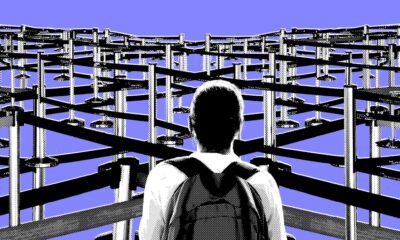
 Tech1 week ago
Tech1 week agoThe Trump Administration Wants Immigrants to Self-Deport. It’s a Shit Show
-

 Tech6 days ago
Tech6 days agoWIRED Roundup: DOGE Isn’t Dead, Facebook Dating Is Real, and Amazon’s AI Ambitions




